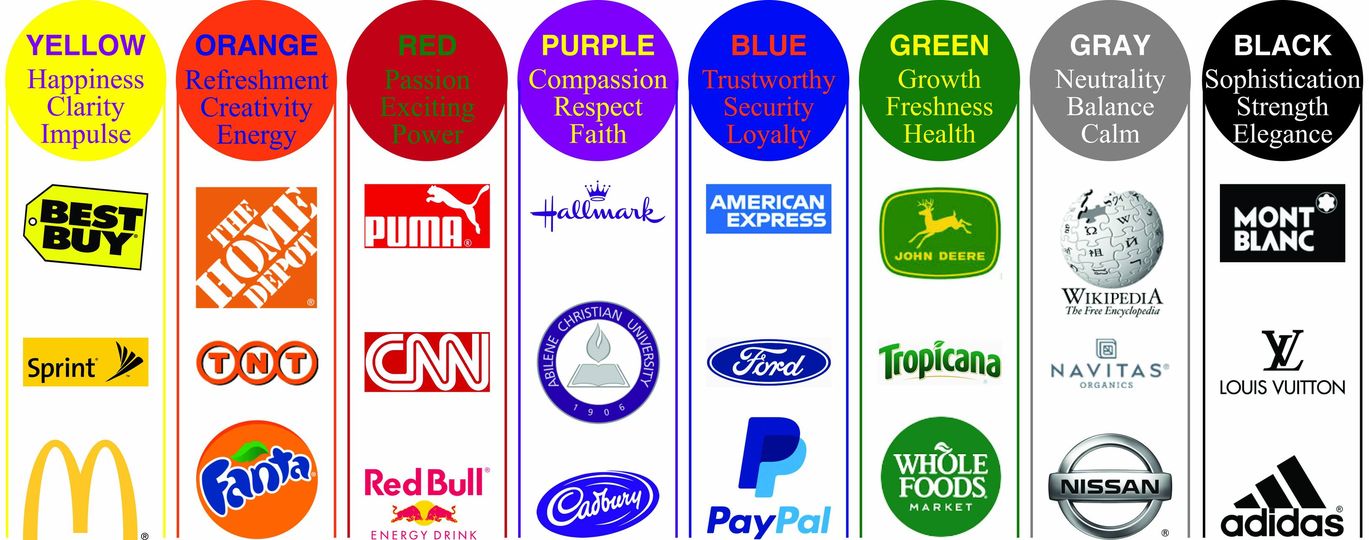
Embracing Color Psychology in Brand DesignEmbracing Color Psychology in Brand Design Colors possess an inherent power to evoke emotions, trigger associations, and shape perceptions. In brand design, understanding and leveraging color psychology can be instrumental in creating a brand identity that resonates with target audiences and drives desired outcomes. The Emotional Impact of Colors Different colors elicit varying emotional responses: * Red: Passion, excitement, urgency, appetite * Blue: Calm, trust, security, intelligence * Green: Growth, health, harmony, nature * Yellow: Joy, optimism, warmth, creativity * Purple: Luxury, sophistication, spirituality Color Association Colors can also be associated with specific entities, qualities, or concepts: * Green: Environment, sustainability * Blue: Oceans, skies, peace * Red: Heart, romance, danger * Yellow: Sunshine, happiness, caution * Black: Power, elegance, mourning Using Color Psychology in Brand Design By carefully selecting colors based on their psychological effects, brands can: * Establish Brand Values: Colors can convey brand values, such as trustworthiness (blue), innovation (green), or excitement (red). * Target Specific Audiences: Colors can appeal to different demographics and psychographics. For example, warm colors (red, orange) resonate with younger consumers, while cooler colors (blue, green) appeal to older ones. * Create Visual Connections: Colors can create visual associations that evoke desired emotions. For instance, a financial brand may use blue to convey trust and security, while a gaming brand may use green to evoke excitement and adventure. * Enhance Brand Recognition: Consistent use of colors across brand touchpoints helps build brand recognition and recall. A memorable color palette becomes synonymous with the brand. Case Studies * Coca-Cola: The iconic red packaging and logo evoke feelings of happiness and appetite. * Starbucks: The green logo signifies growth, sustainability, and a sense of belonging. * Apple: The white and silver color scheme conveys purity, simplicity, and innovation. Conclusion Embracing color psychology in brand design empowers brands to harness the power of colors to elicit emotions, forge connections, and drive engagement. By understanding the emotional and associative impact of colors, designers can create brand identities that resonate deeply with target audiences and establish a strong foundation for brand success.
Posted inNews